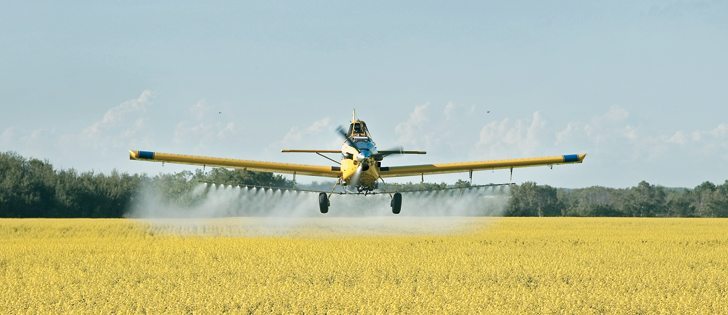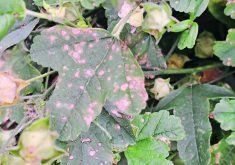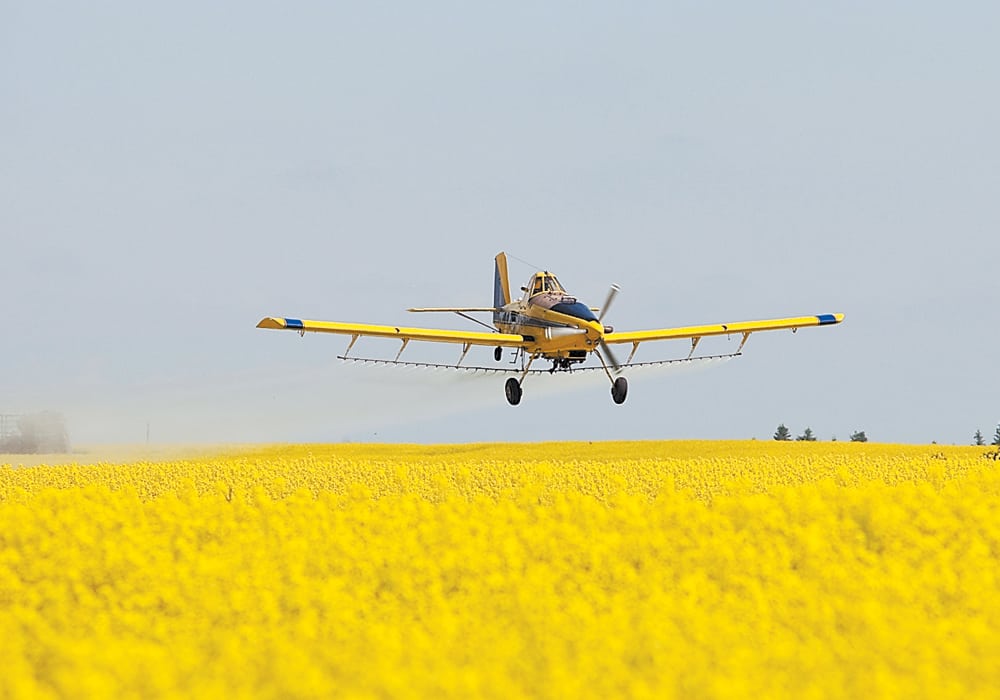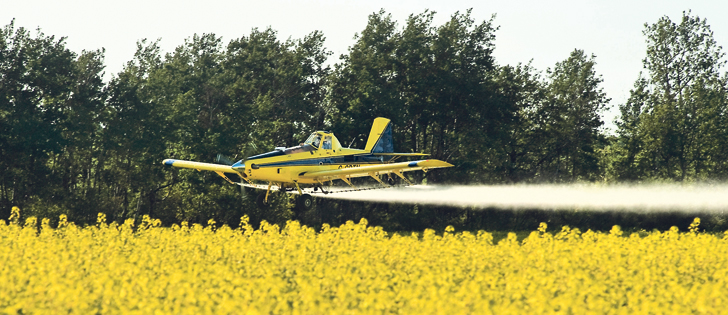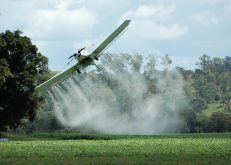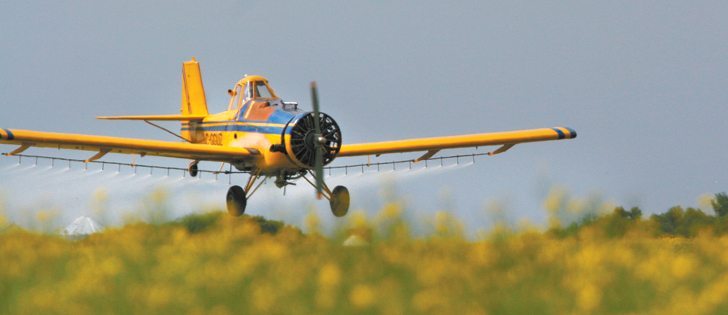The online tool gives pesticide applicators information on bee hive locations but apiarists have privacy concerns
Saskatchewan beekeepers are registering for a program designed to prevent pesticide accidents, but aerial applicators would like to see improvements before a similar service is implemented in Manitoba.
Last spring, Saskatchewan became the first province to launch DriftWatch, an online tool that allows apiarists to register the locations of their bee yards on a map.
Pesticide applicators can check a satellite image before spraying a particular field, to see if bee yards are in the area.
Organic farmers and producers of sensitive crops such as flowers are also welcome to use the program.
Read Also

Farming Smarter receives financial boost from Alberta government for potato research
Farming Smarter near Lethbridge got a boost to its research equipment, thanks to the Alberta government’s increase in funding for research associations.
Provincial beekeepers the Sask-atchewan Aerial Applicators Association, the Saskatchewan government, Dow Agro and Bayer Crop Science collaborated on the project.
“It’s a communication tool saying, ‘here are my bees and take that into consideration when you’re making pesticide application decisions,’ ” Geoff Wilson, Saskatchewan’s provincial apiarist, said last May.
Six hundred bee yards have registered for Saskatchewan’s DriftWatch program in the nine months after its launch.
“We’re starting to get up around 30 to 40 percent (of bee yards registered), all voluntary,” Wilson said at the Manitoba Beekeepers’ Association annual convention, which was held late last month in Winnipeg.
“We’re seeing more all the time…. It is continually picking up.”
Wilson said it’s difficult to know if the program reduced pesticide accidents last year. Insect pressure was low last summer, and insecticide application was down.
It takes only 30 to 45 minutes for participants to register bee yards on DriftWatch, and most people are pleased with the program, Wilson said.
Nonetheless, there are naysayers.
“Do we have comments about people not wanting to use the site? Yes we do,” he said.
“Most of the comments are … they don’t want neighbour beekeepers to know where their bee yards are.”
Wilson understands the reluctance, but most apiarists know the location of other bees because colonies are often visible from the highway.
“(Or) you just look for the wrong amount of traffic down a field access (road),” he said.
“I’ve been told that doesn’t work in B.C. because you find other stuff down rural roads … but it works well in Saskatchewan.”
Wilson and others responsible for DriftWatch in Saskatchewan are responding to the privacy concerns.
“That’s why the option for registered sites to be only viewable by the applicator was put into place.”
Allan Campbell, president of the Manitoba Beekeepers’ Association, said DriftWatch might be a good fit for the province, but the association is considering all options.
“We’re working closely with the aerial applicators and trying to find something that works,” he said.
“Ideally we’d like to have a made-in-Manitoba solution, something that does what we need it to do.”
Mike Alarie, president of the Manitoba Aerial Applicators Association, said DriftWatch has potential, but there are obvious flaws. For one, beekeepers frequently move their hives, which means website information may not be accurate.
“If an applicator shows up to an area and sees that there are no bees there because the (beekeeper) has moved them and the data was not put into the program, I think the program gets a fail,” said Alarie, who attended the beekeeper convention.
“We don’t take lightly having to go back (and land) with a load because the risk of losing an aircraft increases a lot. These airplanes are not made to land with a load.”
Alarie said custom applicators need a tool to communicate with beekeepers. Applicators who plan to spray a chemical on a specific field at a certain time could enter the information into a website.
“Then from there, a signal should be able to go out to every beekeeper within two, three or six miles (of the application location),” he said.
“It triggers them to call us (if necessary).”
Wilson said he doesn’t have the authority to make those kind of changes to DriftWatch because it’s operated by FieldWatch, a U.S. non-profit organization.
He said he can provide comments to FieldWatch, which may or may not act on the suggestion.




